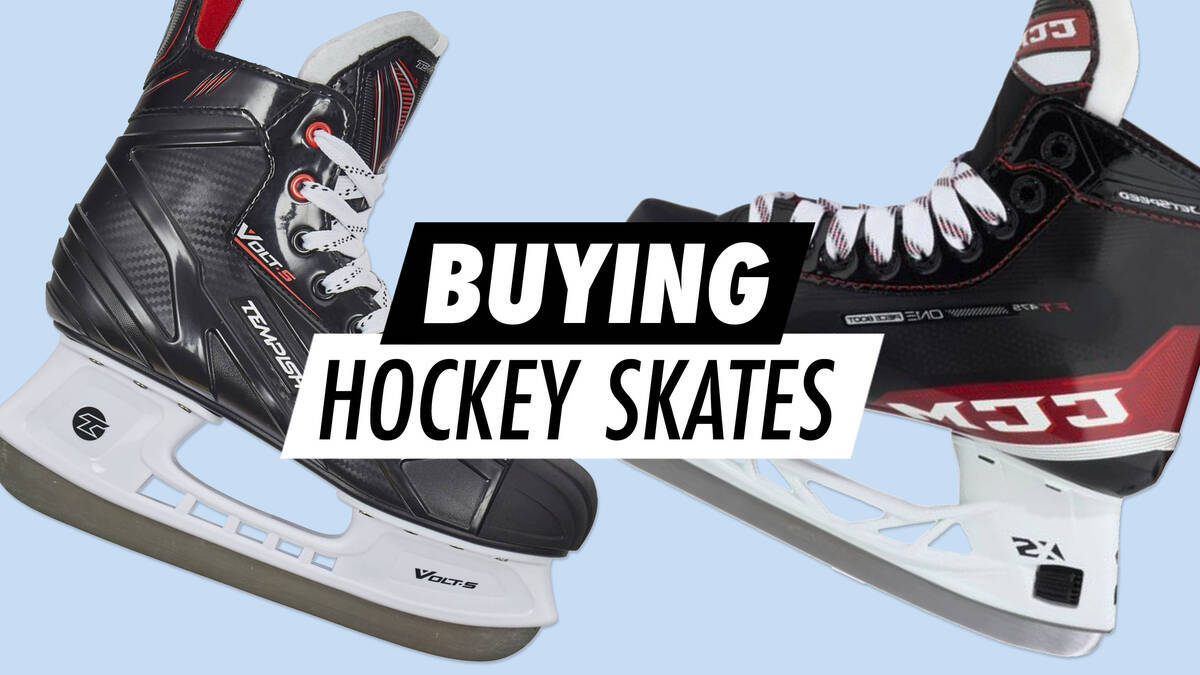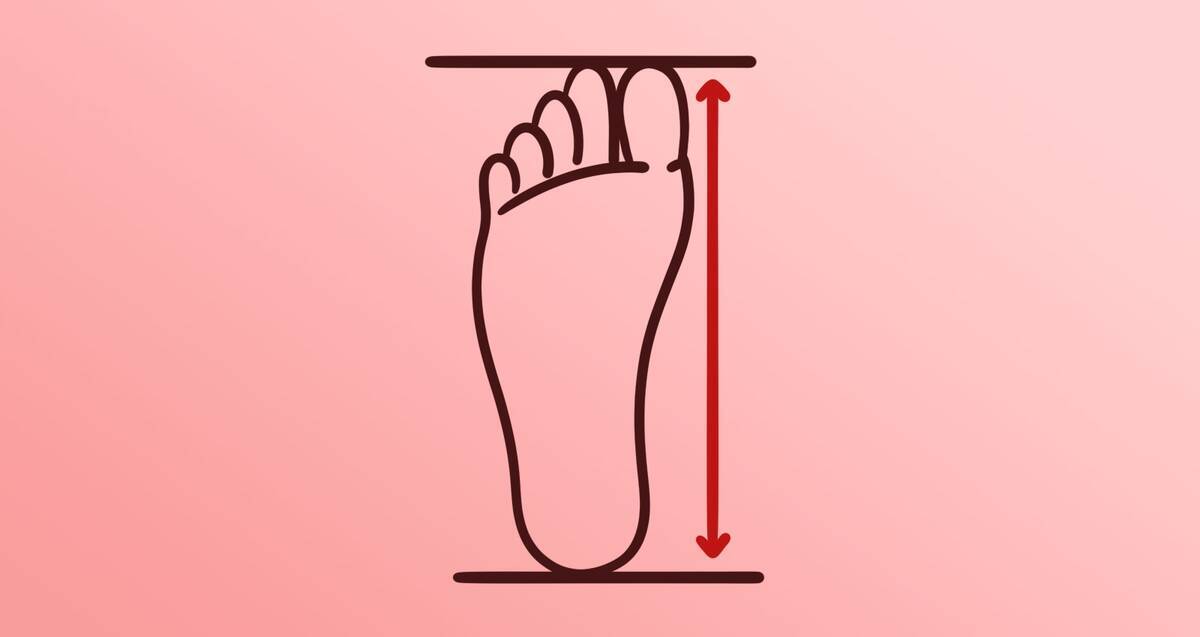Guide to Purchasing Ice Hockey Skates

Selecting the correct ice hockey skates is vital for both comfort and performance. Making the right choice will significantly enhance your enjoyment of the game. This guide provides comprehensive advice to assist you in purchasing the ideal hockey skates.
Trying on New Ice Hockey Skates
To ensure your new hockey skates are the perfect fit, use these guidelines when trying them on:
- Loosen the laces considerably to easily slide your foot into the boot. Push your toes as far forward as possible. The proper size allows just a finger's space behind your heel.
- Wear both skates. Tie the laces snugly but not overly tight. Walk to test comfort levels, ensuring no painful pressure points exist.
- Make sure your heel is firmly against the back, eliminating any movement.
- Evaluate space for your foot, ensuring there is adequate room for the centre and toes, without discomfort.
- Bend your knees; the skate should flex appropriately to facilitate a good playing stance.
- Test lateral support; the skate should be rigid enough to support powerful skating.
Choosing the right fit ensures optimal control and stability, promoting fluid and confident skating on the ice. Skates that are too large can feel wobbly, while too small ones might lead to foot pain. Follow these tips to let your skates enhance your game.
Factors to Consider When Purchasing Ice Hockey Skates
Understanding Ice Hockey Skate Sizing

Unlike regular shoes, ice hockey skates have unique sizing that varies per manufacturer and model. Referring to each skate's specific sizing guide is essential, especially when ordering online.
- Foot Measuring: Place your foot against a wall and measure the distance from the wall to the tip of your big toe.
- Sizing Charts: Use product-specific size charts to align your foot length to the correct skate size.
- Width Options: Some brands offer different width options, so consider these for a perfect fit.
Ensuring the right fit is fundamental for comfort and optimal performance on the ice. Refer to the section above on “Trying on Ice Hockey Skates.”
Moulding Hockey Skates to Your Feet
Initially, new skates might feel stiff but will eventually conform to your feet. Properly breaking them in boosts both comfort and on-ice performance. Here are some suggestions for easing new skates into use:
- Regularly use your skates to naturally soften the boots.
- If you're not on the ice, wear the skates at home using hard skate guards.
- If heat-mouldable, have them tailored by professionals specialising in skate fitting.
- Rest your feet with short breaks.
Investing time in breaking in your skates reduces unnecessary discomfort and ensures you feel assured and nimble when skating.
Optimal Tightness of Hockey Skates
Hockey skates should be sufficiently tight for support but not to the point of discomfort. The laces should keep your foot secure, particularly at the ankles, while allowing enough flexibility for knee bends. Always check for any pressure points during lacing.
Top Ice Hockey Skates for Novices and Young Players
New to hockey or buying for a young player? Focus on comfort, durability, and cost-effectiveness. Choose skates that provide robust ankle support, fit snugly, and include features ideal for beginners or young players.
For young players, consider models that adjust to accommodate growth.
Places to Purchase Ice Hockey Skates
SkatePro, whether visited in-store or browsed online, is an excellent destination for finding suitable hockey skates and related gear. Established in 1996, our specialised skate shop offers an extensive range of products and expert service. Our knowledgeable team can assist with fitting advice, ensuring skates are properly adjusted for optimum comfort and performance. Additionally, we provide professional skate sharpening to maintain peak condition of your equipment.
Shopping online at SkatePro is a convenient way to explore a wide variety of hockey skates and accessories. Our sizing guides aid in making informed choices, and we offer hassle-free returns for any fit issues.
Explore our range of ice hockey items:
- Ice Hockey Skates
- Hockey Sticks
- Pucks
- Ice Hockey Protection
- Ice Hockey Accessories & Hockey Clothing
Further educational resources:
